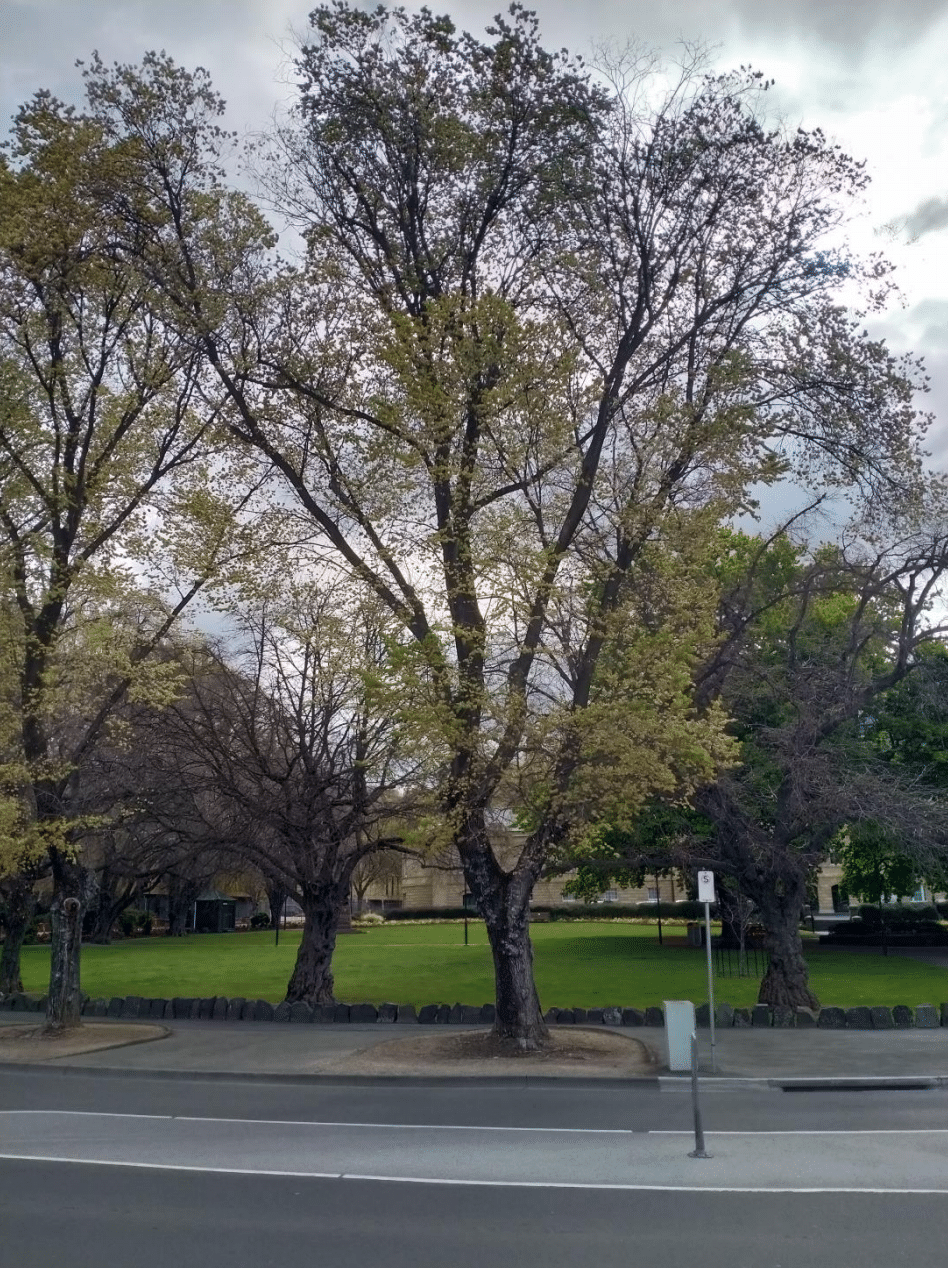How are trees classified as ‘significant’?
Trees in Tasmania may be considered significant for a variety of reasons. They may be particularly old and provide links to the past, have been commemoratively planted, or may just be an outstanding specimen.
There are several registers that can be used to determine whether a tree is considered significant in Tasmania:
- The Tasmanian Heritage Register
- Local Council’s significant tree register
- National Trust Significant Tree Register
The Tasmanian Heritage Register
Trees located on a heritage listed property in Tasmania may be considered significant. These trees may have heritage value themselves or be an important part of the visual aesthetic of the property. Any development around trees, or tree altering activities, on heritage listed properties require the approval of the Heritage Council before any works can commence.
The Heritage Council will usually require that the trees are assessed by a suitably qualified arborist to determine the tree’s health, condition, and estimated age before any approval is given.
The June 2023 Tasmanian Heritage Register Entries list can be found here.
Local Council’s significant tree register
Some municipalities, such as the City of Hobart and Kingborough Council, have a significant tree register. Trees on the register need to meet specific council criteria and can be nominated by any member of the public. Contact your local council if you wish to nominate a tree to a significant tree register.
The City of Hobart Significant Tree Register can be found here.
The list of significant trees in Kingborough Council can be found in ‘Table E.24.1 Significant Tree Register’ of The Kingborough Interim Planning Scheme 2015.
The Kingborough Council Significant Tree Data Sheet can be found here.
National Trust Significant Tree Register
The National Trusts of Australia is a non-government organisation that works to promote Australia’s natural and cultural heritage, including its significant trees. The National Trust works with other organisations, including government agencies, scientific organisations, and First Nations communities, to identify and advocate for the protection of significant trees. They also work to raise public awareness of the value of trees and their role in natural and cultural heritage.
Overall, the goal of the National Trust, in relation to trees, is to ensure the trees are protected and conserved to preserve Australia’s natural and cultural heritage for future generations.
The National Trust Register of Significant Trees can be found here.
Working around significant trees
Any proposed work around a tree that is significant, for the above reasons, may be protected by legislation. It is recommended that you consult with a suitably qualified and experienced arborist before any work commences.
Our consulting arborists are fully qualified, experienced and are happy to help with any queries.
Contact us to find out how we can help.

Blog written by Mark Fahy
Mark has a diploma in arboriculture (AQF level 5) and is a registered Quantitative Tree Risk (QTRA) assessor. He has been an arborist for over 10 years and is passionate about trees. He is committed to providing evidence-based solutions and thorough reports to clients. Mark is specifically enthusiastic about living with trees in the ever-changing urban environment.
Cover photo is an Ulmus procera (English elm) that is listed on the National Trust and the Tasmanian Heritage Register. The tree is considered to have State level of significance. Photo taken by the Author on 10 October 2022.

